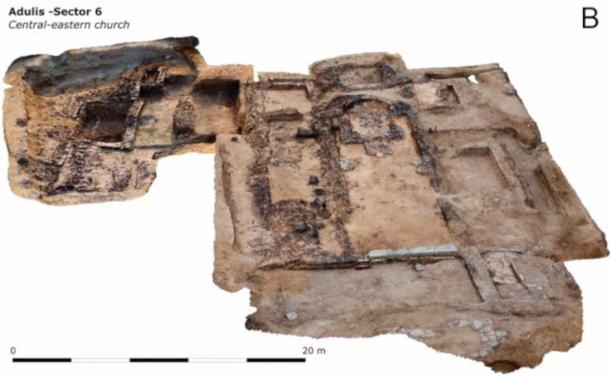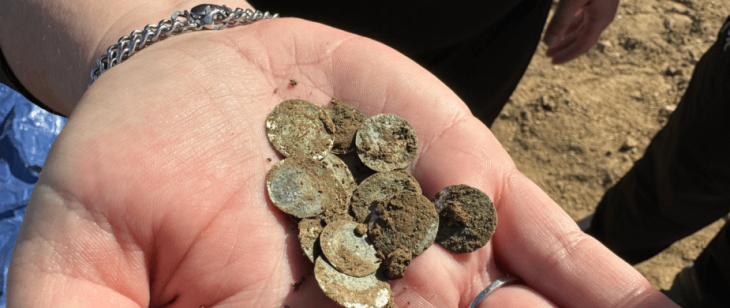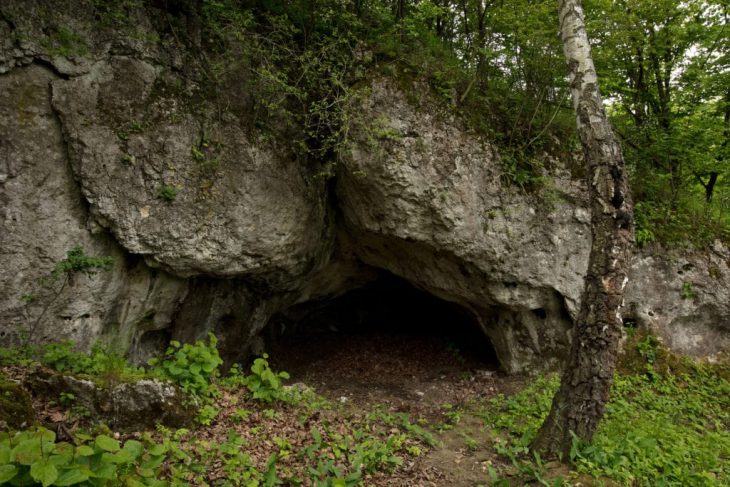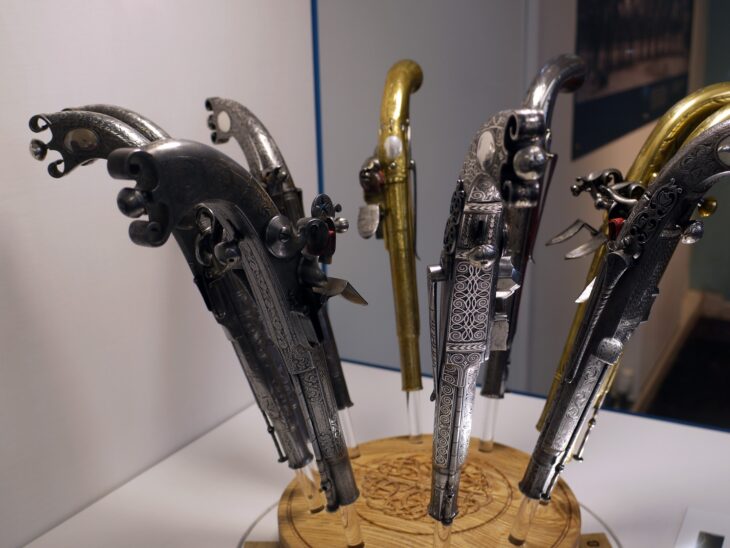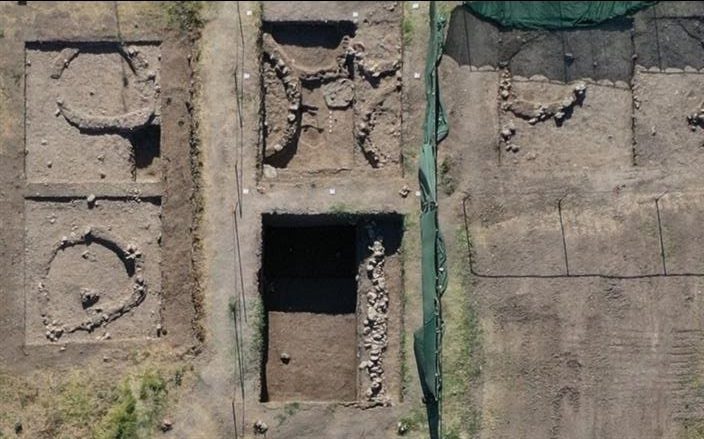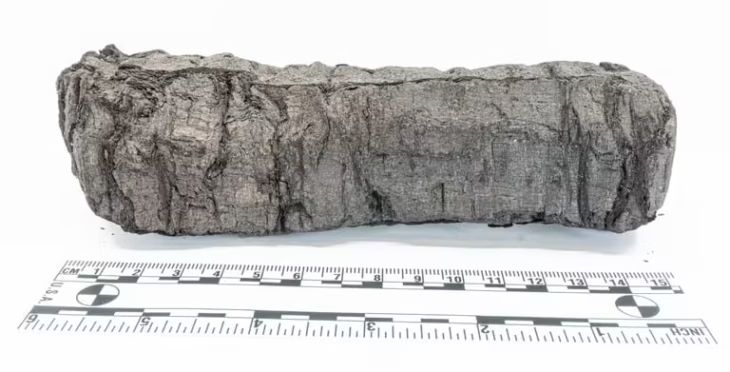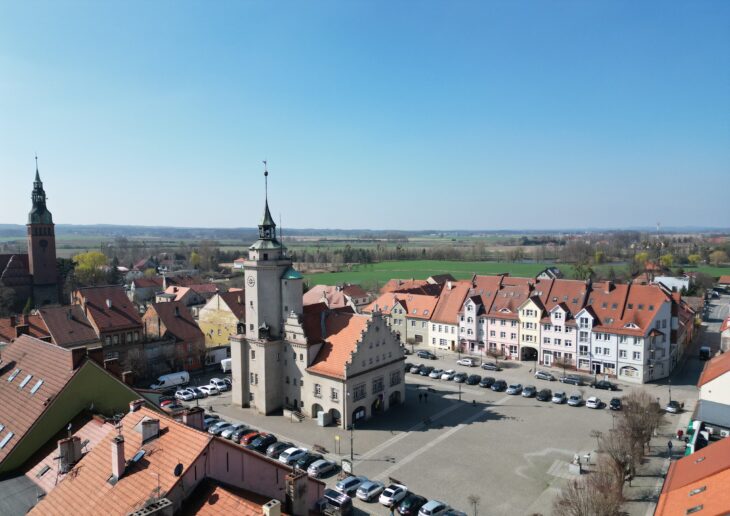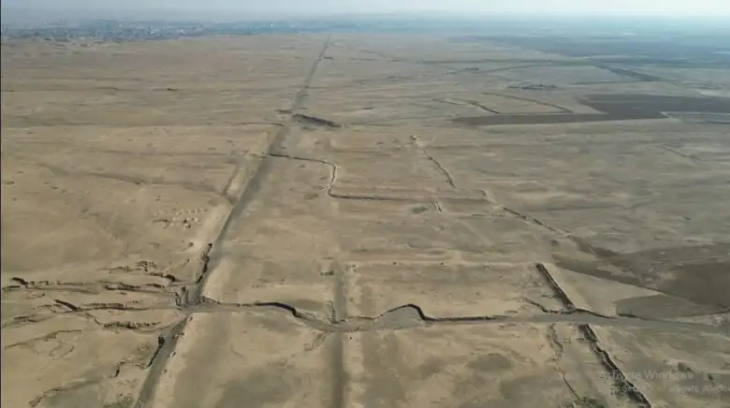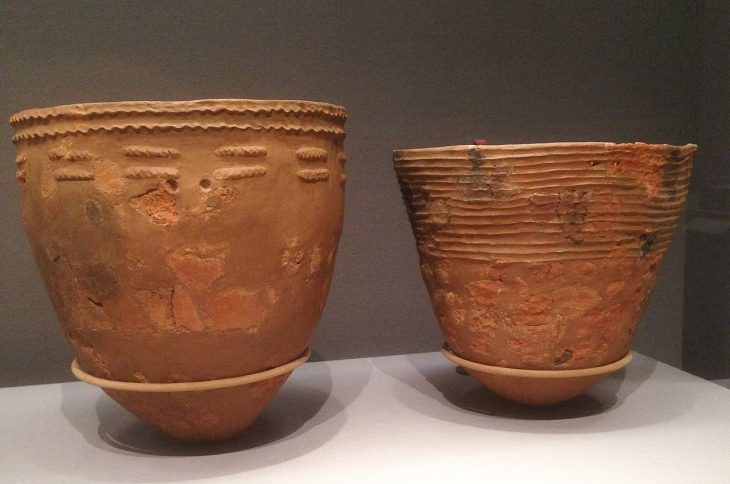New discoveries in the port city of Adulis on Eritrea’s Red Sea coast show that two ancient churches discovered more than a century ago were built during the reign of the legendary Kingdom of Aksum, which ruled Northeast Africa for the entire first millennium AD.
The two ancient religious structures have finally been dated to the mid-1st millennium AD, thanks to a detailed analysis performed by a team of archaeologists from the Vatican-sponsored Pontificio Instituto di Archeologia Cristiana, with dates of construction beginning no later than the 6th and 7th centuries, respectively.
The Aksumite Kingdom arose in the former territories of the fallen D’mt Kingdom in the mid-first century AD. From an early stage, the kingdom played an important role in the transcontinental trade route between Rome and India, rising to become one of the most powerful empires of late antiquity.
Archaeologists excavating at Adulis’ port discovered two churches built after the kingdom’s conversion to Christianity in the 4th century AD. One of the churches is a large cathedral with the remains of a baptistry, while the other is smaller but has a ring of columns that supports a dome roof.
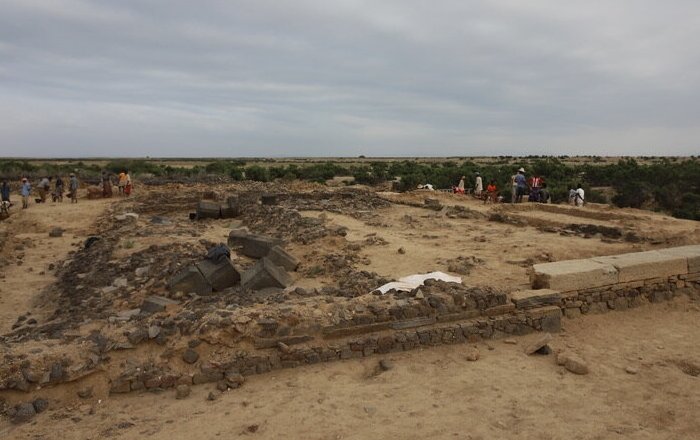
Like their Mediterranean neighbor, the Aksumite leader—King Ezana—converted to Christianity in the 4th century AD but securely dated churches from this period are rare.
The churches incorporate elements from a variety of traditions, reflecting the various influences on the kingdom’s conversion. The domed church is one of a kind in the Aksumite Kingdom, and it appears to be inspired by Byzantine architecture. Meanwhile, the cathedral is built on a large platform in the Aksumite tradition.
To accurately date the structures, the researchers used modern scientific methods such as radiocarbon dating on materials recovered from both sites.
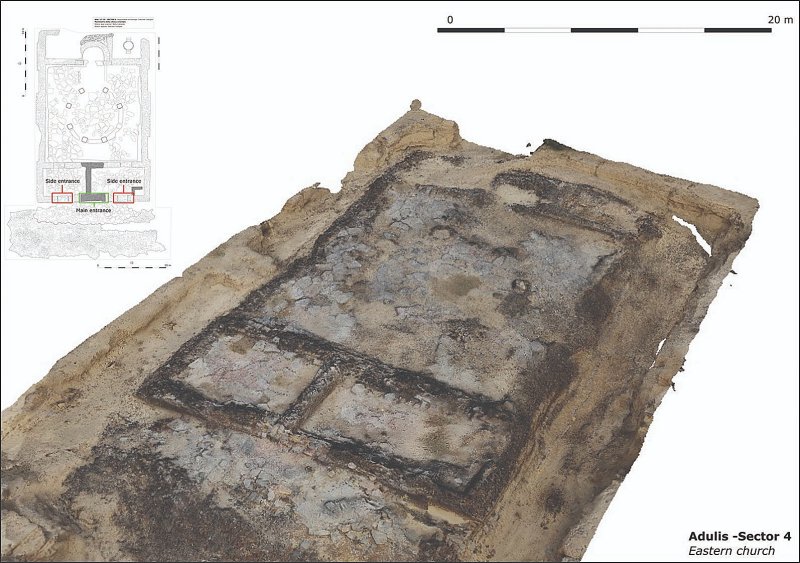
“This study provides one of the first examples of Aksumite churches excavated with modern methods and chronological data coming from modern dating methods,” said Dr. Gabriele Castiglia.
In a study published in the journal Antiquity, the cathedral was built between AD 400 and 535, while the domed church was built between AD 480 and 625. Both structures are some of the earliest Christian churches from the Aksumite Kingdom, and the oldest known outside the capital’s heartlands.
From this vantage point, the construction of these two striking and ambitious structures in a port city far from the Aksumite capital suggests that Christianity spread relatively quickly throughout the kingdom. Work on the first of the two structures may have begun less than a century after King Ezana’s conversion, indicating that the people of the region were open to new spiritual belief systems.
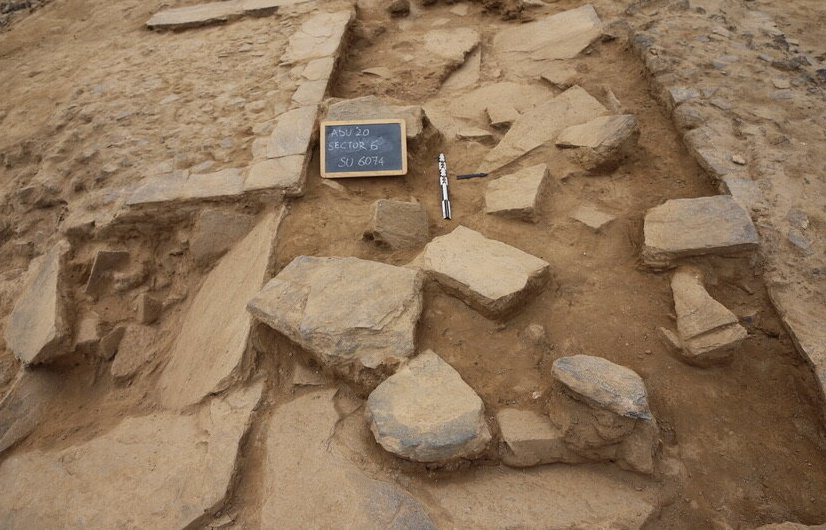
With the arrival of Islam, the churches fell into decline and disuse; however, they were later re-appropriated as a Muslim burial ground, indicating that the region’s conversion to Islam was also a multicultural phenomenon, with local customs mixed with the new religion.
“This is one of the first times we have the material evidence of the re-appropriation of a Christian sacred space by the Islamic community,” said Dr. Castiglia.
https://doi.org/10.15184/aqy.2022.136
Cover Photo: Photogrammetry of the central-eastern church. (S. Bertoldi and G. Castiglia/ Antiquity Publications Ltd ).

